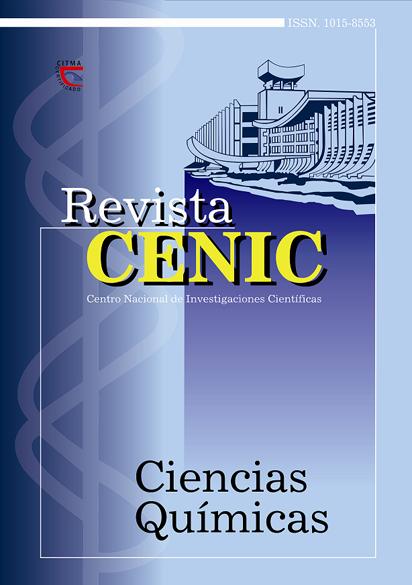Case study on concrete degradation assembly subjected to high temperatures during a fire
Abstract
Durability problems of ordinary concrete can be associated generally with the severity of the environment
and the use of inappropriate water/cement ratios in the confection of material. As a result along the time, these structures
can make suffer different pathologies; one of them is the exposition to elevate temperatures. In this investigation, are
exposed part of the laboratory and field experiences, obtained during the diagnosis and pathology studies carried out
for El Encanto store in Camagüey Province, Cuba. His structure was affected by a great intensity fire in April 2008. In
particular, only are exposed the results obtained in some of the test carried out in reinforced concrete structural elements
(slabs and cover) in order to determine the different levels of deterioration that suffer the concrete of those elements,
and to employ in the future these results like a reference for the develop of techniques that could be apply in structures
which was exposed to similar temperatures. Concrete core extraction, to obtain the compression strength and other
physical and chemistry parameters, are tests in this work, allow quantify the concrete deterioration in detailed way for
each studied element, watching interesting deterioration of some characteristic of the reinforced concrete that permit
his evaluation and test.

Downloads
Published
How to Cite
Issue
Section
License

This work is licensed under a Creative Commons Attribution-NonCommercial-ShareAlike 4.0 International License.
Los autores que publican en esta revista están de acuerdo con los siguientes términos:
Los autores conservan los derechos de autor y garantizan a la revista el derecho de ser la primera publicación del trabajo al igual que licenciado bajo una Creative Commons Atribución-NoComercial-CompartirIgual 4.0 que permite a otros compartir el trabajo con un reconocimiento de la autoría del trabajo y la publicación inicial en esta revista.
Los autores pueden establecer por separado acuerdos adicionales para la distribución no exclusiva de la versión de la obra publicada en la revista (por ejemplo, situarlo en un repositorio institucional o publicarlo en un libro), con un reconocimiento de su publicación inicial en esta revista.
Se permite y se anima a los autores a difundir sus trabajos electrónicamente (por ejemplo, en repositorios institucionales o en su propio sitio web) antes y durante el proceso de envío, ya que puede dar lugar a intercambios productivos, así como a una citación más temprana y mayor de los trabajos publicados (Véase The Effect of Open Access) (en inglés).













